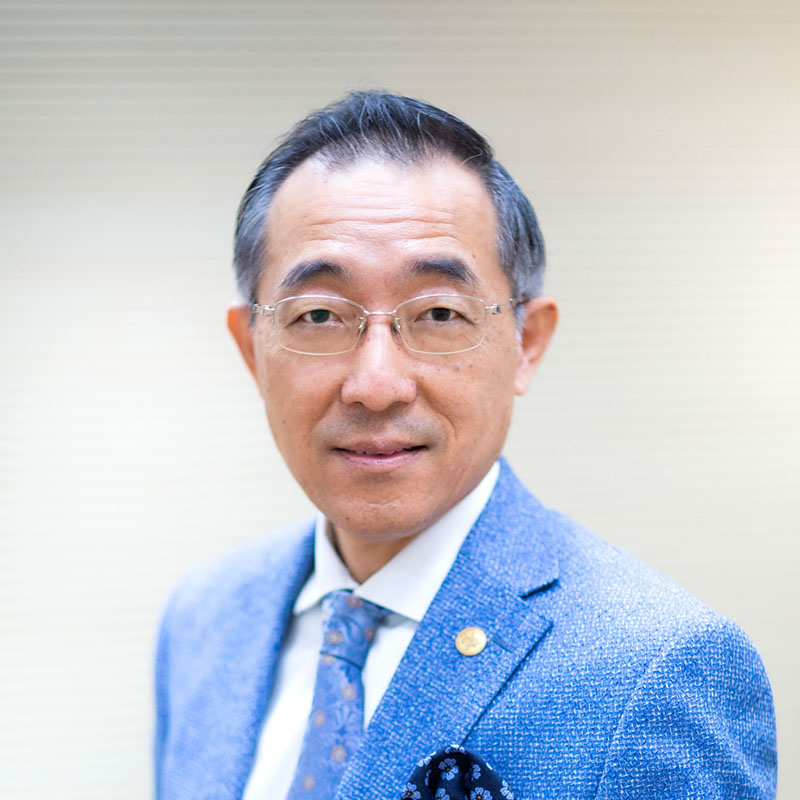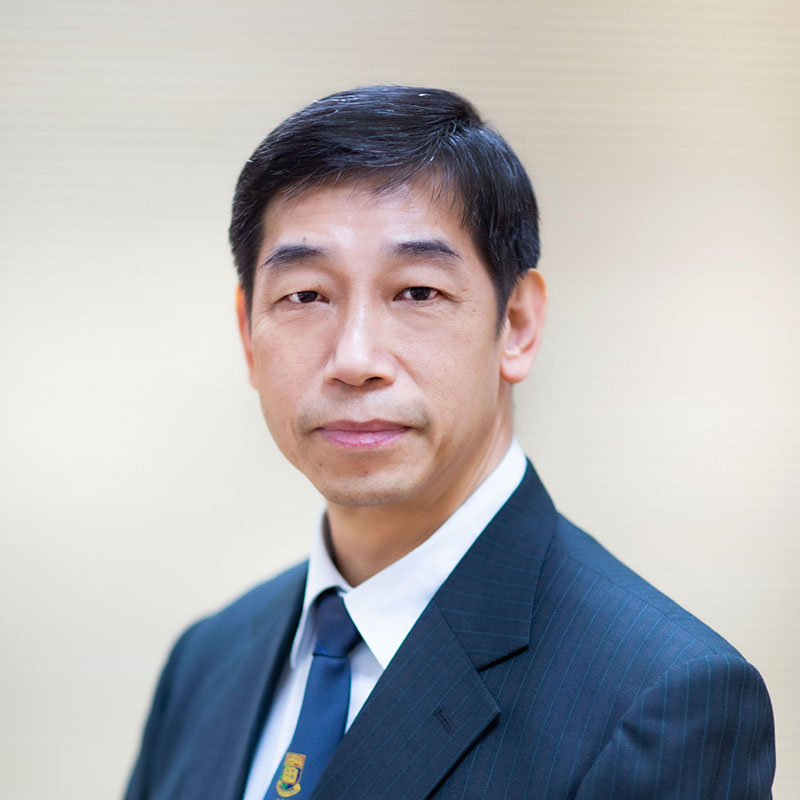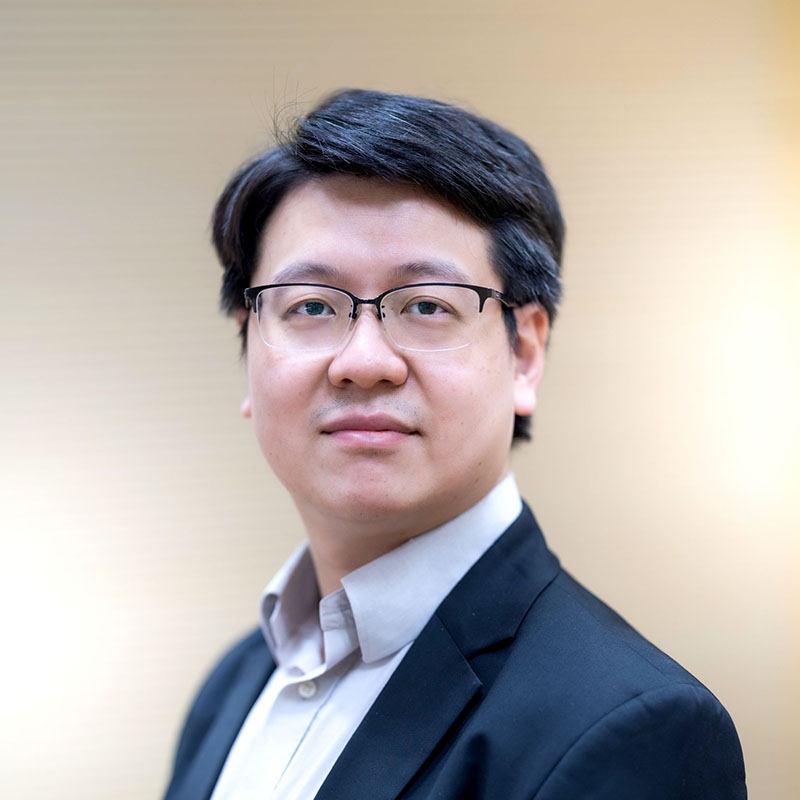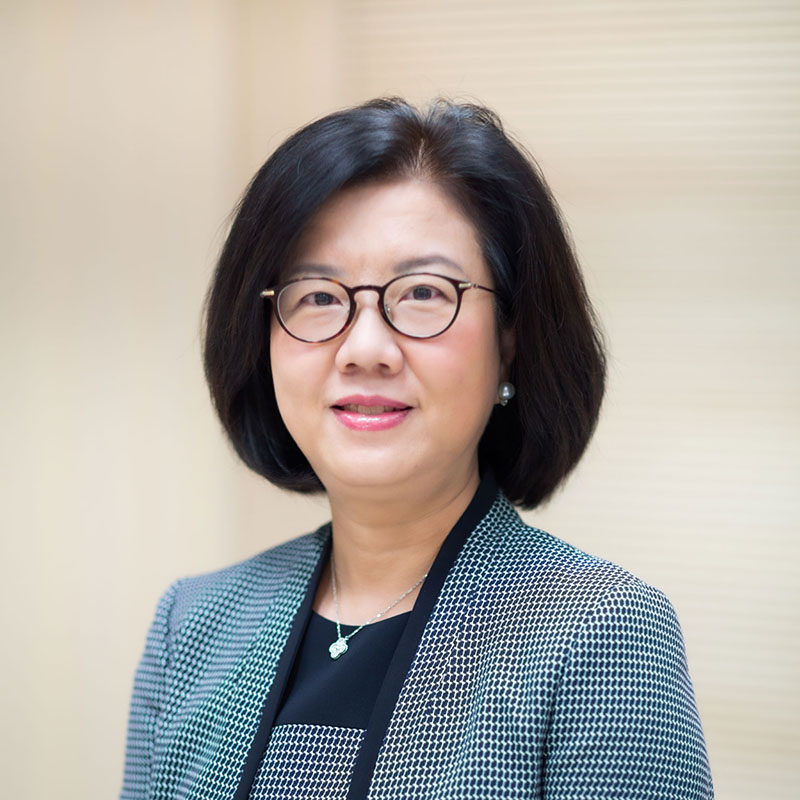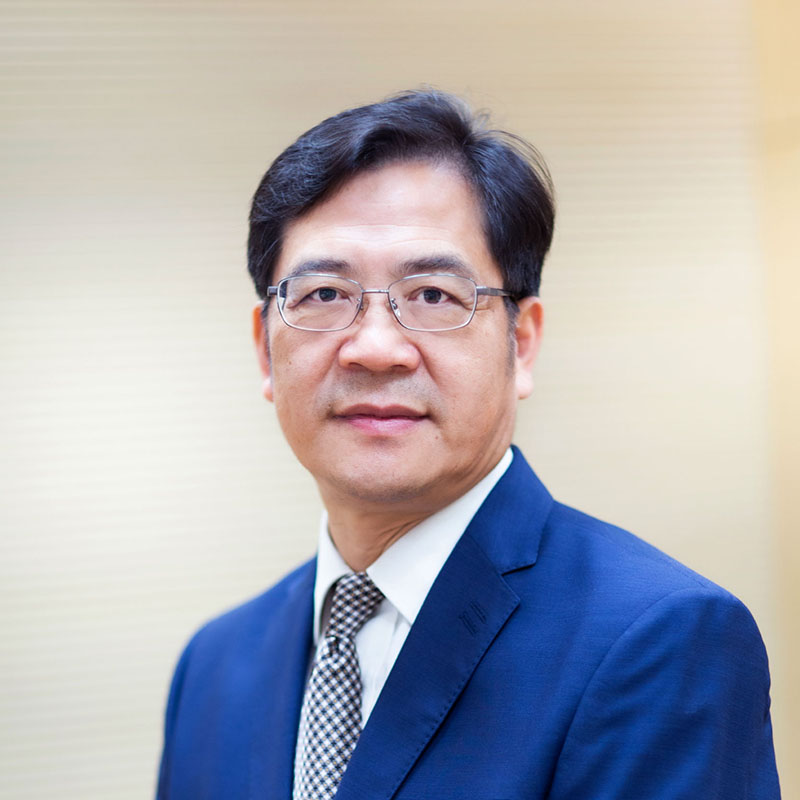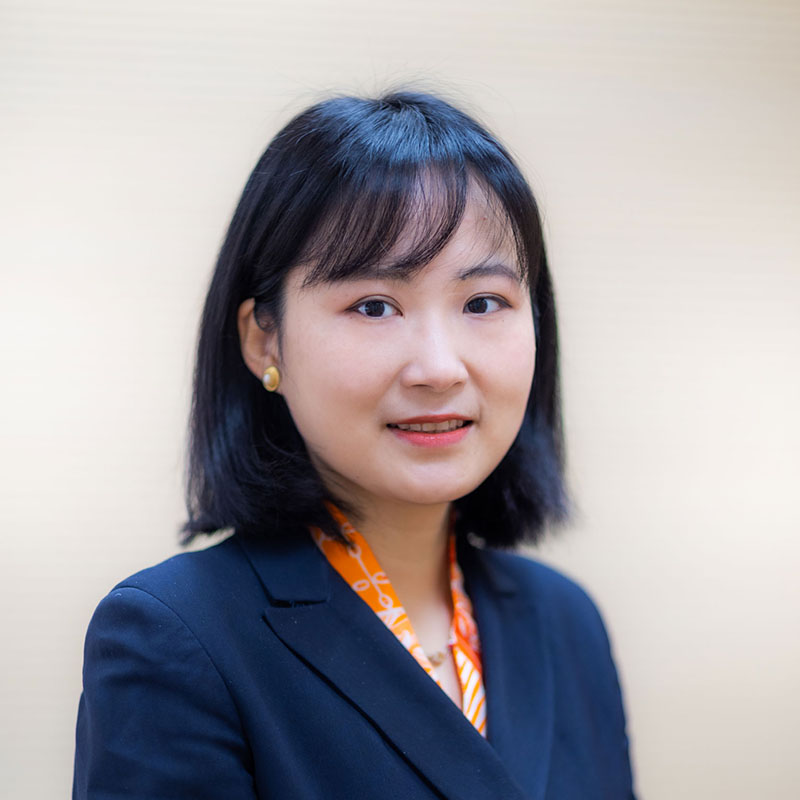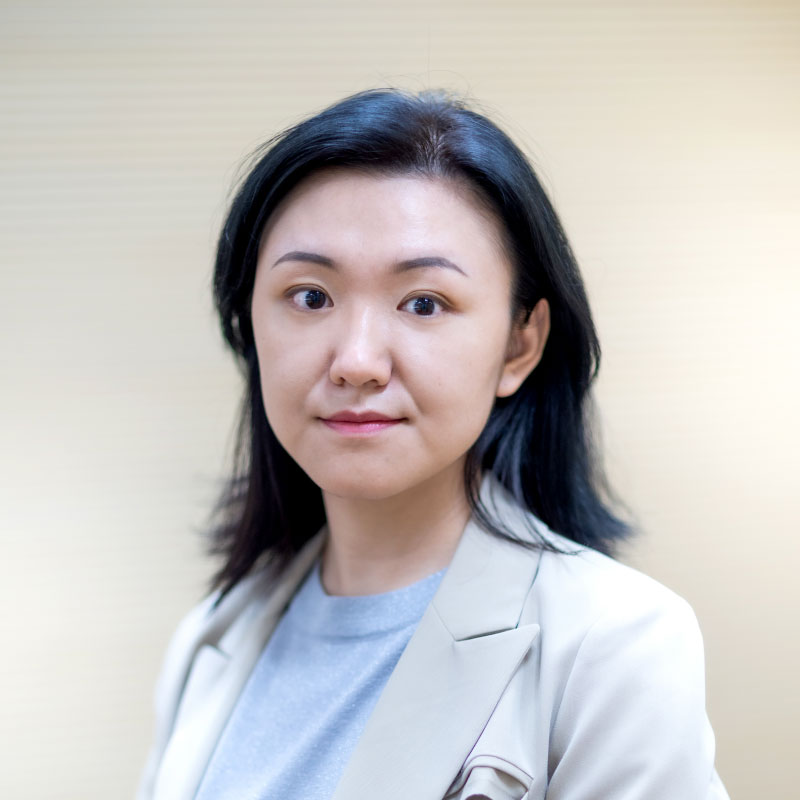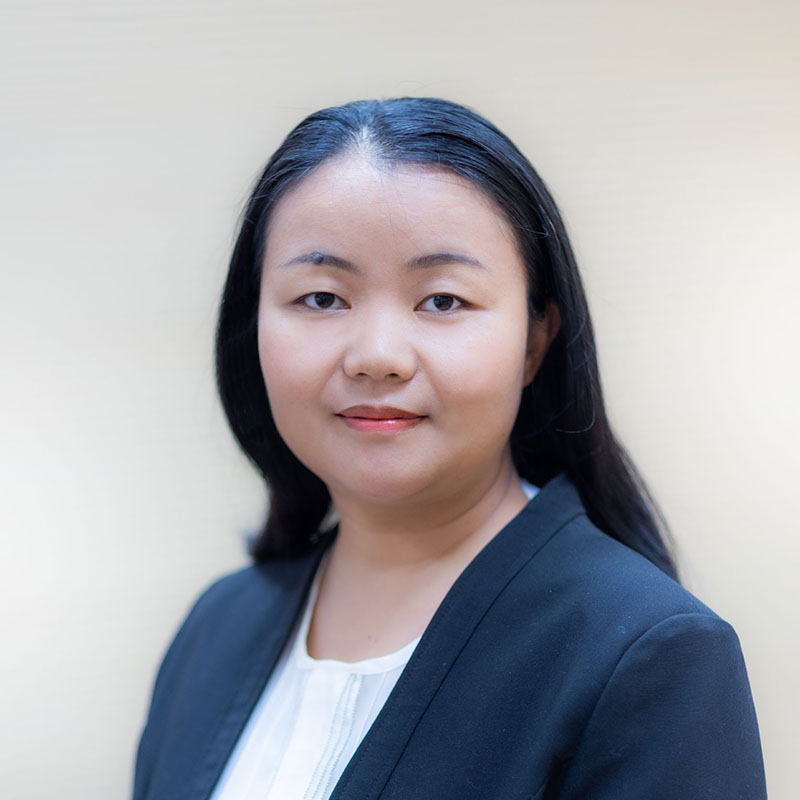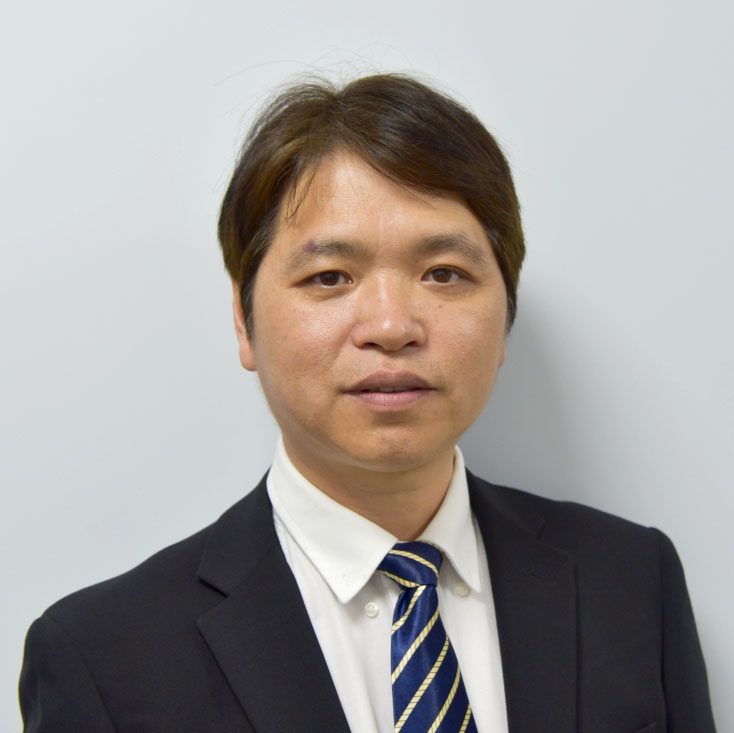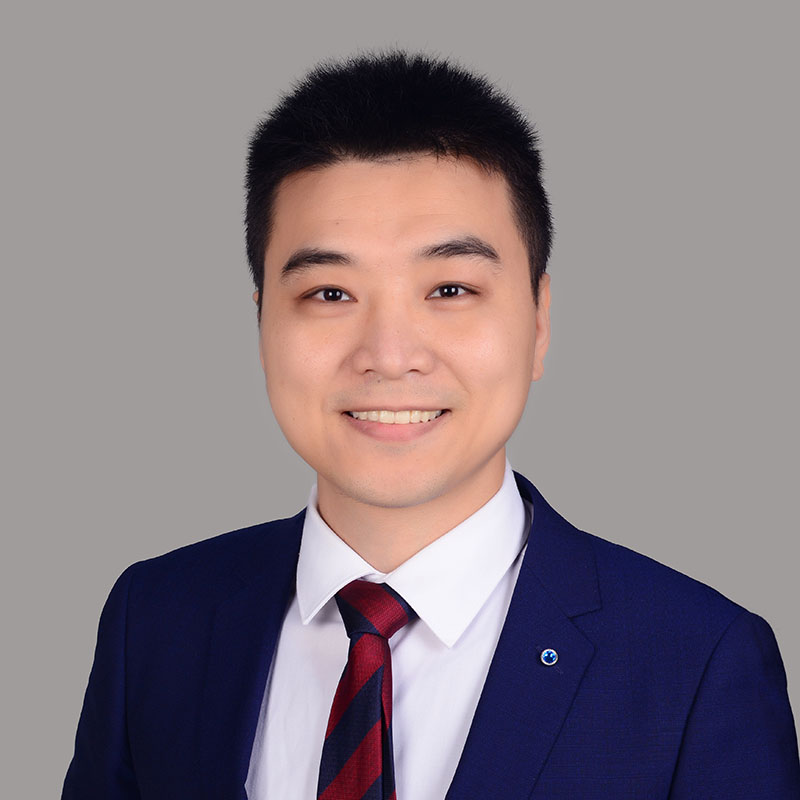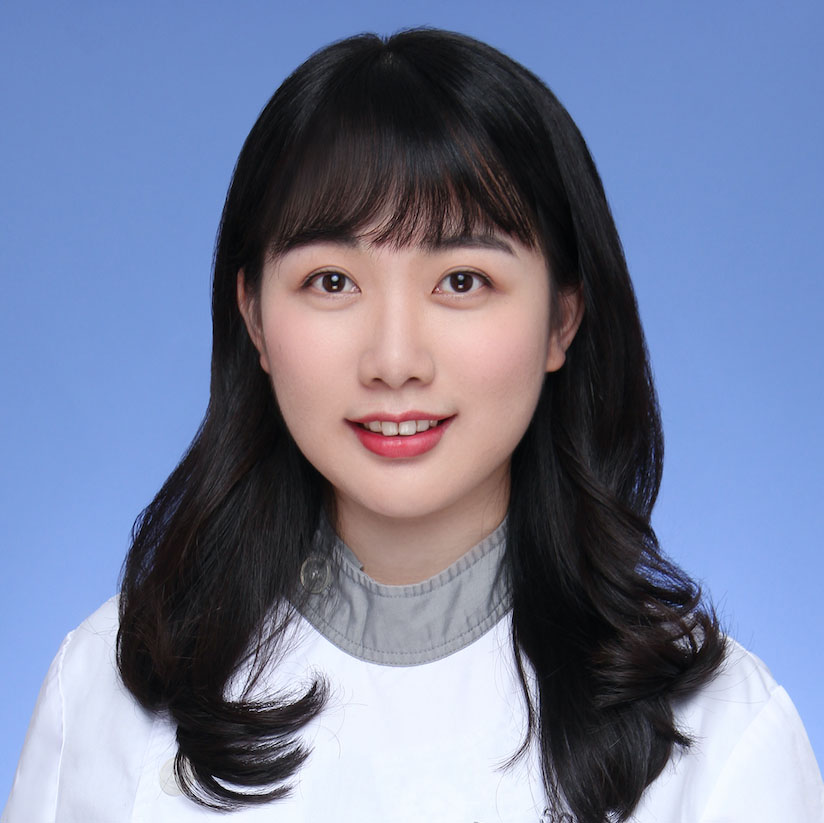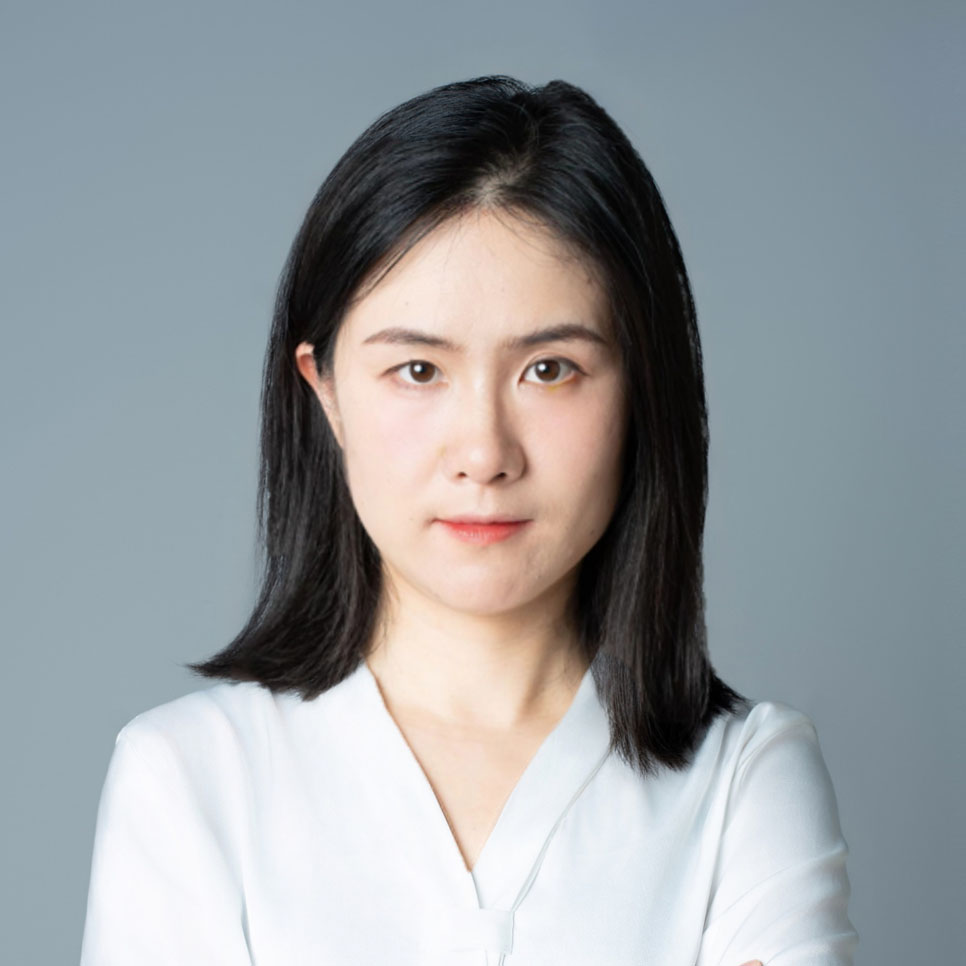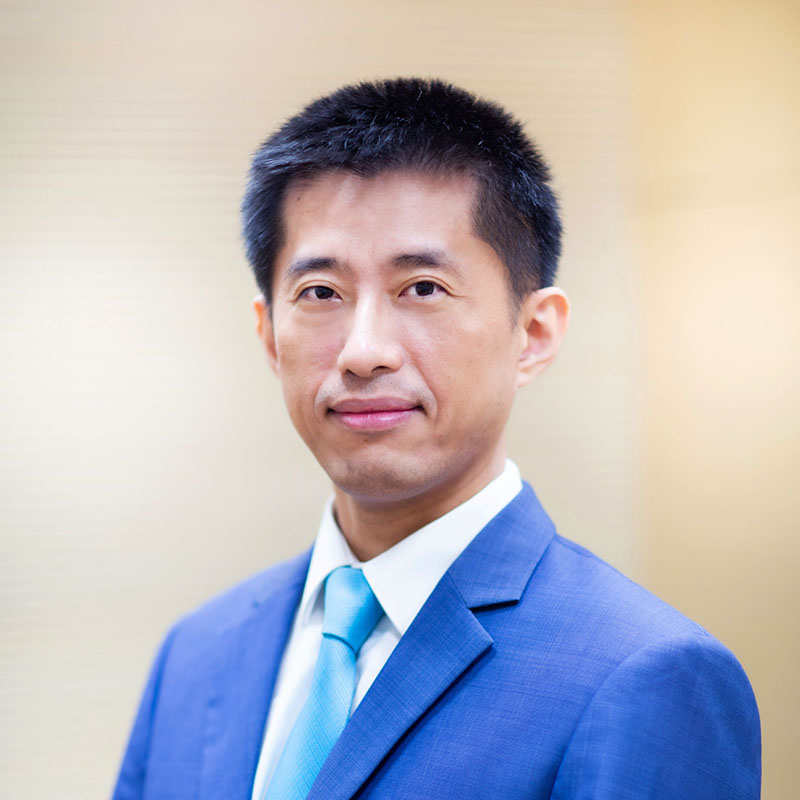
Professor Richard SU
Title
Computer-assisted Jaw Reconstruction: from 3D Printing to Artificial Intelligence
Abstract
The maxilla and mandible provide skeletal support for the middle and lower third of our faces, thus playing a crucial role in maintaining the upper airway, chewing, swallowing and speech. Reconstruction of jaw is often mandatory after segmental resection to restore proper facial esthetics and function. Microvascular bone flap reconstruction has gained its popularity in jaw reconstruction in the recent years due to its consistent shape, ample length, low donor-site morbidity, and allowing osseointegrated dental implants for masticatory function rehabilitation. The past few years has witnessed the great advancement in computer-assisted jaw reconstruction. Preoperative virtual surgical planning increased the proficiency and predictability of jaw reconstruction. The application of three-dimensional (3D)-printed surgical guides and patient specific surgical plates further improved the accuracy of free flap reconstruction. In this presentation, I will discuss our digital workflow of computer-assisted maxillary and mandibular reconstruction based on virtual surgical planning and 3D printing. And most recently, we developed artificial intelligence-enabled computer-assisted jaw reconstruction, which further streamlined the surgical process and improved treatment outcome.
Biography
Professor Richard Yuxiong Su currently works as Clinical Professor and Chief of Division of Oral and Maxillofacial Surgery, Faculty of Dentistry, The University of Hong Kong. He is also an Honorary Professor at the Department of Otorhinolaryngology, Chinese University of Hong Kong. Professor Su is a Councillor of International Academy of Oral Oncology. He serves as international faculty and Asia Pacific Board member of the AO Craniomaxillofacial Foundation. He also works as a Section Editor of International Journal of Oral and Maxillofacial Surgery, an Associate Editor of Frontiers in Oncology (Head and Neck Cancer Section) and Deputy Editor of Craniomaxillofacial Trauma & Reconstruction. His main research areas include clinical and translational research in oral and maxillofacial oncology, microsurgical reconstruction, and salivary gland diseases, with special focus on computer-assisted surgery and 3D printing in head and neck reconstruction. He has published more than 150 manuscripts in peer-reviewed international journals. Professor Su is the inventor of seven patents, including two US and EU patents and five China patents. He has been awarded ten peer-reviewed external research grants as the principal investigator. Professor Su has been invited to give lectures in numerous international and regional conferences and courses. He is ranked by Clarivate Analytics in the top 1% researcher worldwide by citations in 2021 and 2022.

Professor John Junwen WANG
Title
Application of Bioinformatics and Artificial Intelligence in Precision Oral Cancer Research
Abstract
The advances of next generation sequencing (NGS) and artificial intelligence (AI) are revolutionize biology and medicine. Precision dentistry is an emerging area in dentistry that utilizes personalized genomic, diet information and life habit to guide diagnosis, treatment and prognosis of dental diseases. I will introduce several recent works from my lab on utilizing genomics and AI tools to deepen biological understanding and to enhance patient care. Firstly, I will introduce how we are using genomics, transcriptomics and proteomics data to detect genes, pathways and signatures that are key to the pathogenesis of hypopharynx cancer in multiple cohorts of Chinese patients. Secondly, we are building a data portal of oral cancers that integrates over gene expression and clinical data from over 40 studies. Users can carry out analysis such as differentially expressed gene, pathway enrichment, survival analysis on the portal. Thirdly, I will report our findings on how AlphaFold performs on predicting functions of pathogenic variants and some surprise observations. Finally, we are developing a deep learning model to integrate single cell multi-omics data from Neat-seq technology and to infer gene regulatory networks. These bioinformatics and AI methods will contribute to not only oral cancer, but other dental disease areas.
Biography
Professor Wang is currently a professor in Faculty of Dentistry, the University of Hong Kong (HKU). He was a full Professor of Biomedical Informatics at Mayo Clinic in Arizona, and affiliate Professor at Arizona State University, USA. He obtained his PhD from University of Washington, Masters from University of Pennsylvania, USA and Jiangnan University, and BE from Huazhong Agricultural University, China. Prof. Wang’s research interests are in Bioinformatics, gene regulatory network construction, AI and methodology development for data analysis. He has published over 130 papers in journals such as Nature genetics, Nature Communications, Nature Machine Intelligence, Circulation, NAR, Bioinformatics, and has obtained funding from RGC of Hong Kong, and NIH of USA as project leaders. He was an ISI top 1% cited scholar, an outstanding young researcher awardee at HKU, and is currently an associate editor of Journal of Cancer Immunology, Immunotherapy.
